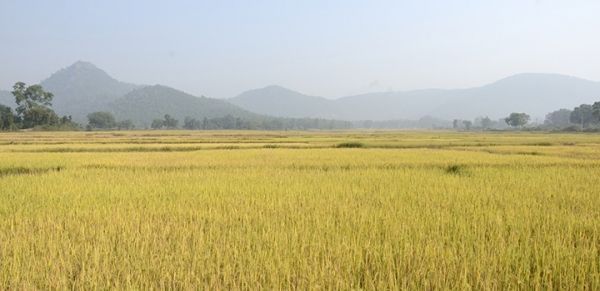India’s Public Distribution System has a long history and clear national-level, legislative backing, but research led by the University of East Anglia (UEA) looks at why the food programme has been prioritised in some regions but not others. Comparing the relatively new states of Chhattisgarh and Jharkhand, both of which were granted statehood in 2000, the study found that the critical role played by the political leadership, shaped by an interrelated combination of electoral competition, societal pressures and mobilisationas well as bureaucratic capacity, accounts for the variations in implementation and outcomes.
The findings, ‘The political prioritisation of welfare in India: Comparing the Public Distribution System in Chhattisgarh and Jharkhand’, are published today in the journal World Development. The study was led by Dr Vasudha Chhotray, associate professor in UEA’s School of International Development, in partnership with researchers based at the Centre for Policy Research, New Delhi. The research was sponsored by the Effective States and Inclusive Development Research Centre at the University of Manchester.
India’s food security programme evolved from a public distribution system (PDS) targeted at urban areas in the 1950s and 1960s, to a more generalised provision including rural populations from the 1970s. By the early 2000s, reports of chronic hunger – despite food surpluses held in stock – resulted in concerted civic activism across the country.
Continue reading at University of East Anglia
Image via University of East Anglia


